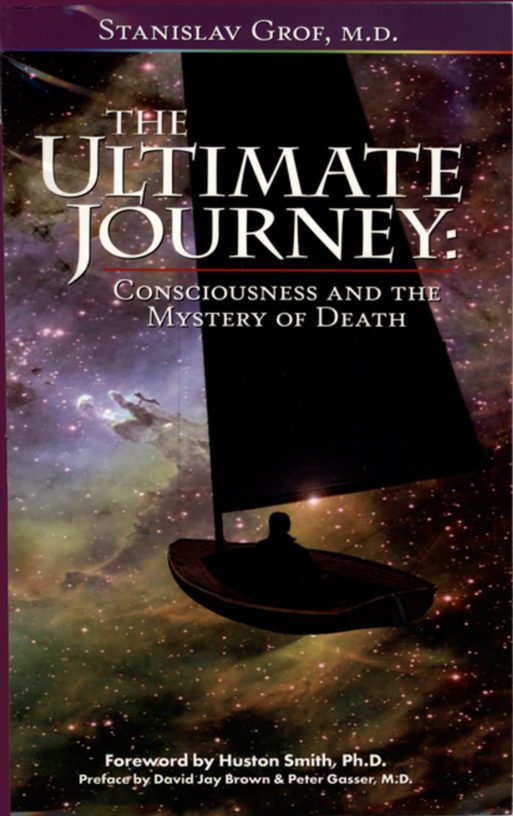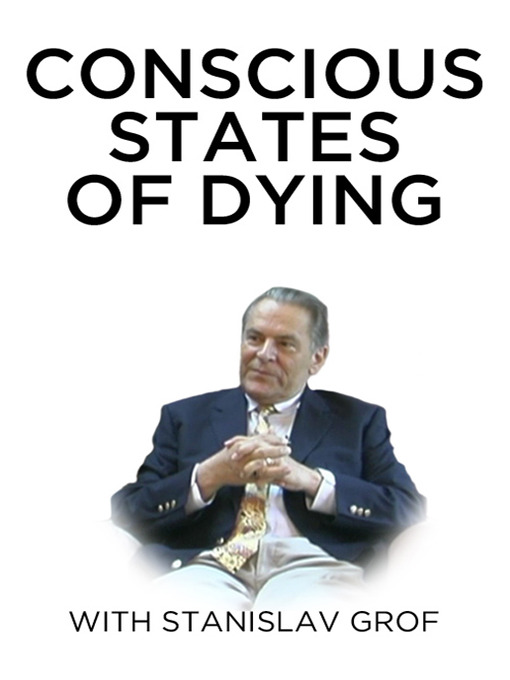 What do psychedelic substances, rights of passage and fear of death have in common? A lot, according to Stanislav Grof, M.D. Grof is the author of “The Ultimate Journey: Consciousness and the Mystery of Death.” He has served as Chief of Psychiatric Research at the Maryland Psychiatric Research Center, Assistant Professor of Psychiatry at Johns Hopkins University School of Medicine, Scholar-in-Residence at Esalen, and Co-President of the Grof Transpersonal Training Program — and he wants you to know that you need not be unprepared, surprised or fearful when it’s your time to die.
What do psychedelic substances, rights of passage and fear of death have in common? A lot, according to Stanislav Grof, M.D. Grof is the author of “The Ultimate Journey: Consciousness and the Mystery of Death.” He has served as Chief of Psychiatric Research at the Maryland Psychiatric Research Center, Assistant Professor of Psychiatry at Johns Hopkins University School of Medicine, Scholar-in-Residence at Esalen, and Co-President of the Grof Transpersonal Training Program — and he wants you to know that you need not be unprepared, surprised or fearful when it’s your time to die.
“The Ultimate Journey” begins with a cross-cultural examination of early human practices aimed at achieving and exploring altered states of consciousness (known collectively in modern times as”shamanism.”) Central to the collective identity of every indigenous culture, these states of consciousness were initiated by a wide array of practices, and were thought to be portals into an otherworldly realm of ultimate truth.
These ceremonies both symbolize the transition from childhood to adulthood and actualize that transition in a very real, experiential way.
Grof explains that such practices are integral to coming-of-age ceremonies and other ceremonial practices, known collectively as “rites of passage.” These ceremonies both symbolize the transition from childhood to adulthood and actualize that transition in a very real, experiential way.
Rites of passage generally include three stages. First is the separation of an individual from their community and preparation for the coming “trial.” Next is a “trial” that puts the person through a process simulating death to varying degrees, (symbolically “killing off” the former self) followed by the reintegration of the individual back into society. After completing the rite of passage, the person is transformed forever. In child-to-adult ceremonies, the individual emerges as a full-fledged adult member of the community, with all the rights and responsibilities that entails.
Grof emphasizes that this experience brings about ego-death, or death of an individual’s way of perceiving themselves in relation to the outside world. In short, rites of passage induct a child into awareness of their own mortality.

Click here for a video clip of Stanislav Grof discussing altered states of consciousness
(Credit: videosamples.overdrive.com)
From this understanding, “The Ultimate Journey” plunges into a thorough — and thoroughly interesting — cross-cultural exploration of the posthumous journey of the soul. Grof explores the Mayan, Tibetan and Medieval European “books of the dead,” which explain the art of consciously living and dying. He then goes on to discuss modern research concerning states of consciousness involved in dying and near-death experiences.
Grof also examines how psychedelic substances have been used in research and therapy to both investigate the nature of consciousness and help individuals come to terms with their own mortality. The case histories included in the later chapters are as fascinating as they are inspiring and hopeful.
For all those wishing to understand how humanity has come to terms with its mortality, as well as those interested in how ancient spirituality and modern science intersect around this aspect of the human experience, “The Ultimate Journey” is compulsory reading. It would be difficult, indeed, to find a more comprehensive and up-to-date text on these matters written by a more informed and experienced scholar than Stanislav Grof.

 ”The Ultimate Journey” by Stanislav Grof, M.D.
”The Ultimate Journey” by Stanislav Grof, M.D.


 First the Wealth Gap, Now the U.S. Has a Growing Health Gap
First the Wealth Gap, Now the U.S. Has a Growing Health Gap
 How to Comfort A Dying Loved One
How to Comfort A Dying Loved One
 Our Annual Seven Holiday Gifts for Someone Who Is Grieving, 2024 Edition
Our Annual Seven Holiday Gifts for Someone Who Is Grieving, 2024 Edition














